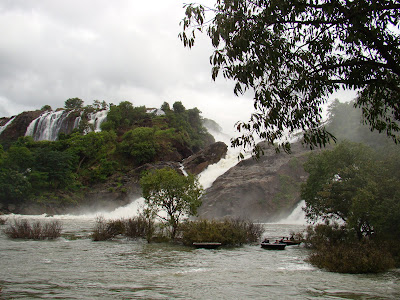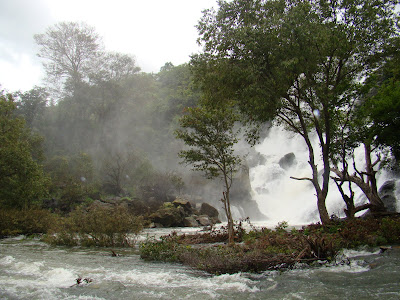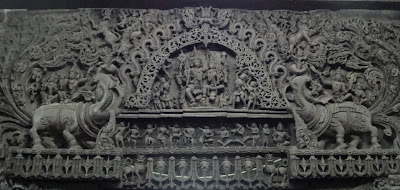Sravanbelagola:
This is famous Jain pilgrim center is situated 95 KM north of Mysore. It is known for the 57 foot tall Monolith of the Jain sage Gomateshwara (Lord Bahubali), which stands on top of the Indragiri hill. Nearly 1800 years old, but still looking fresh, the naked statue is symbolic of the renunciation of worldly possessions.
 |
| Gomateshwara |
This colossus is ceremonially anointed with milk, honey, silver coins, yoghurt, rice and sugar once in 12 years on the occasion of Mahamastakabhisheka. Lakhs of devotees throng to witness this rare occasion. The last mahamastakabhisheka was celebrated in Feb 8 to 19, 2006
Shravanabelagola, literally meaning the “Monk of the While Pond” is named after “belagola” (white pond), which was created in heart of the town by the milk used for the first Mahamastakabhisekhs of giant statue.
 |
| Belagola (White Pond) |
Its antiquity dates back to 297 B.C., when Chandragupta Maurya, the founder of the Mauryan empire and grandfather of Ashoka, the great, renounced his kingdom and came here along with his guru, Bhagwan Bhadrabahu Swami, to become a Jain ascetic. He led a recluse life and breathed his last at the Chandragiri Hill, which is named after him.





















































